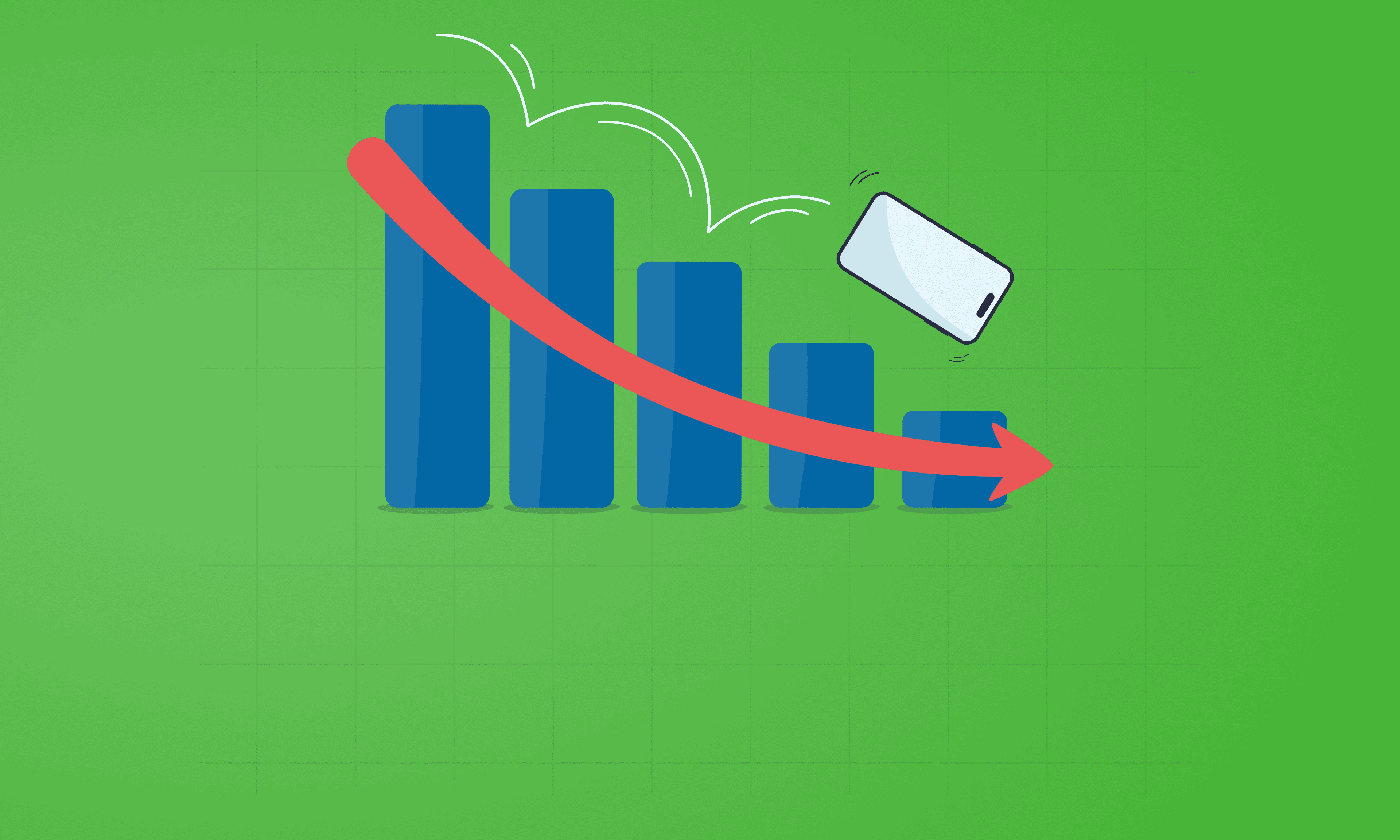To celebrate World Water Week, we look at water usage in mobile phones and tech manufacturing.

Written by Antonia, Head of Marketing | Consumer Electronics and Money-Saving
Last updated on 17 December 2025

There are currently 4.3 billion smartphone users around the globe who use their phones daily to send texts, share photos and play their favourite games. Smartphones allow people to use the internet from virtually anywhere in the world with one simple click - users literally have the internet at their fingertips!
While mobile internet access certainly has its perks, using the internet so regularly is beginning to harm our planet. There's a connection between each mouse click or smartphone app to the release of carbon dioxide into the atmosphere and it's only just beginning to be understood by consumers. It seems that smartphones were the silent destruction that nobody was talking about, but it is the conversation we need to have.
We now know and understand that there are many aspects to the lifetime emissions of a mobile phone, and these are grouped into 4 stages: mining, manufacture and distribution, usage and end-of-life.
The reason that smartphones release CO2 into the air lies behind the energy that is required to assemble mobile phones, power wireless networks and to run the devices themselves. You charge your phone using electricity and your Wi-Fi will also be powered by a similar source of fuel. The more you use your smartphone, the more energy will be required to keep it running.
As CO2 levels rise, the oceans do their part and absorb the carbon dioxide into the water - this is done to try and balance the CO2 that is in the air. This process has been keeping our air balanced for millions of years, but too much CO2 can cause seawater to become acidic, ruining the habitats of millions of species. If CO2 keeps rising, we will slowly destroy our oceans!
Not only are smartphones damaging our oceans, making smartphones uses huge amounts of water which must be filtered and cleaned, consequently using colossal amounts of energy. The average smartphone requires 12,670 litres of water to be made (or 12.6 metric tonnes) - that's 42,241 cups of tea. If you're a heavy tea drinker, you'd need to have 115 cups of tea every day for a year to drink that much tea. Imagine how much water is used each year to manufacture millions of new phones!
It's time to rethink our smartphone usage and try to implement more sustainable behaviours into our lives. One way to start is to dramatically reduce the yearly upgrade cycle and switch to buying refurbished phones. Similarly, reduce your screen on time which not only will be beneficial to your digital well-being, but also your phone battery won't be dying as quickly and you won't need to charge it as often.

The iPhone used to define innovation. Now every new model feels the same. Is Apple’s story running out of pages?

See which Apple, Samsung and Google phones hold their value best over the first and second year on the market.
With Pixels becoming a decent contender for your upgrade choice, we’ve crunched the numbers to reveal depreciation patterns of Google Pixel phones.